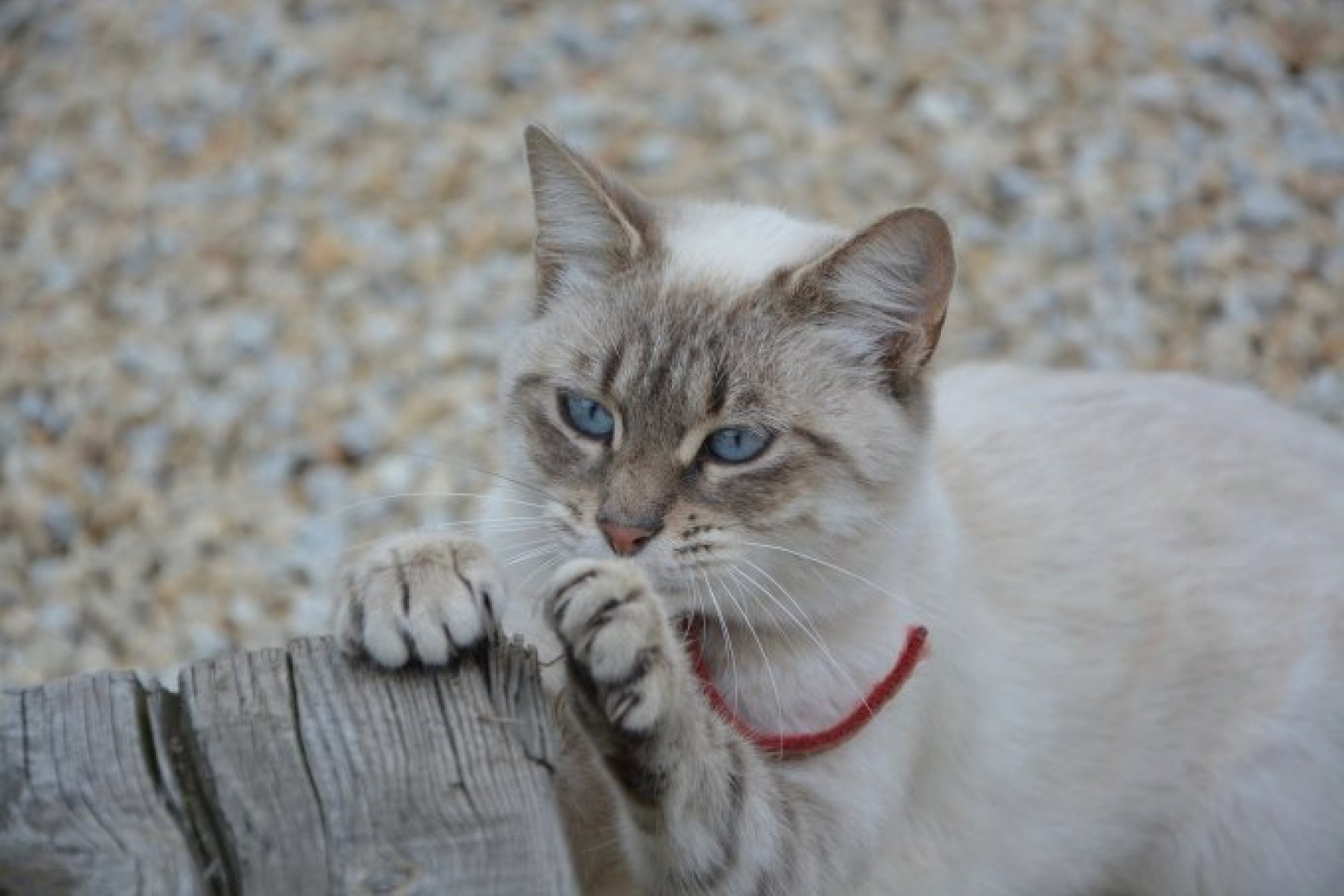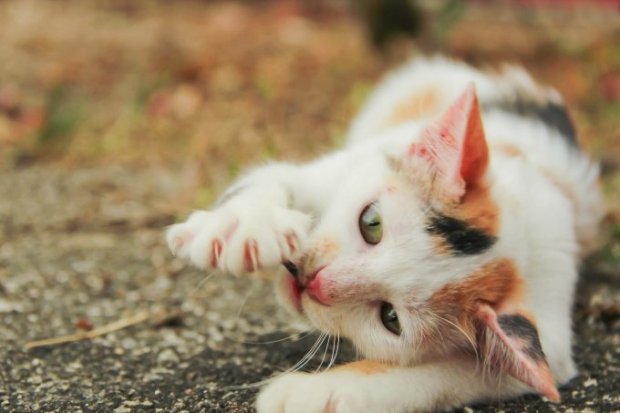Bartonella - cat scratch disease

Thursday, 25 April 2024

It would seem that cat's claw disease can only affect our furry friends. However, this disease affects mainly us - people. You can find more details about it below.
The cause of cat claw disease symptoms are Bartonella Henselae bacteria, which live under the claws of cats. Humans get infected by being scratched by an infected cat.
What causes cat claw disease?
Although cats are the most common carriers of the bacteria, it sometimes appears in other animal species as well. The vectors of the disease are fleas, which along with infected red blood cells, transmit the bacteria from a sick individual to a healthy one.
Healthy cats that are carriers of Bartonella usually do not show any symptoms of the disease, but cats with reduced immunity show symptoms such as increased body temperature, decreased appetite or enlarged lymph nodes.
There is reason to believe that cat scratch infection may also cause eye disease and inflammation of the gums and mouth of cats. Other symptoms, although they do occur, are rather rare. Most sick cats and carriers are young cats.
How does infection with cat scratch disease occur?
The most common cause of infection in humans is scratching by a cat that is carrying the bacteria. Since the target of these pathogens are mainly erythrocytes, and its vector are fleas - how does the infection occur?

Fleas living on the cat cause irritation of the skin, which makes the cat feel the need to scratch itself, and it is the scratching that creates small wounds. Moreover - fleas excreting their excrements into the cat's fur cause undigested blood elements to get under the cat's claws during scratching. In such a way the bacteria get into places where infecting a human is just a formality.
Cats are also accustomed to thoroughly licking their fur, which contains flea droppings. This is how microorganisms get into the cat's mouth, which may explain situations in which the infection comes by way of a bite. It is unlikely, but also possible, that a person may become infected through contact with the fur of an infected cat.
So how is it that being scratched by different cats countless times, we don't all get infected? As is the case with cats - it is necessary to have a weakened immune system in order to develop symptoms of the disease. If there is nothing wrong with us apart from the Bartonella infection, the disease will not produce symptoms or they will be mild.
The symptoms that are recorded in the case of infection in humans are mainly local inflammation, fever, headache or enlarged lymph nodes. You may also experience weakness or lack of appetite. Symptoms usually disappear spontaneously after a few weeks. In immunocompromised people, symptoms may be worse.
Therapy for Bartonella Henselae infection is limited to counteracting symptoms, while in extreme cases antibiotics are recommended. The most effective method of prevention in this case is regular flea-proofing of cats.